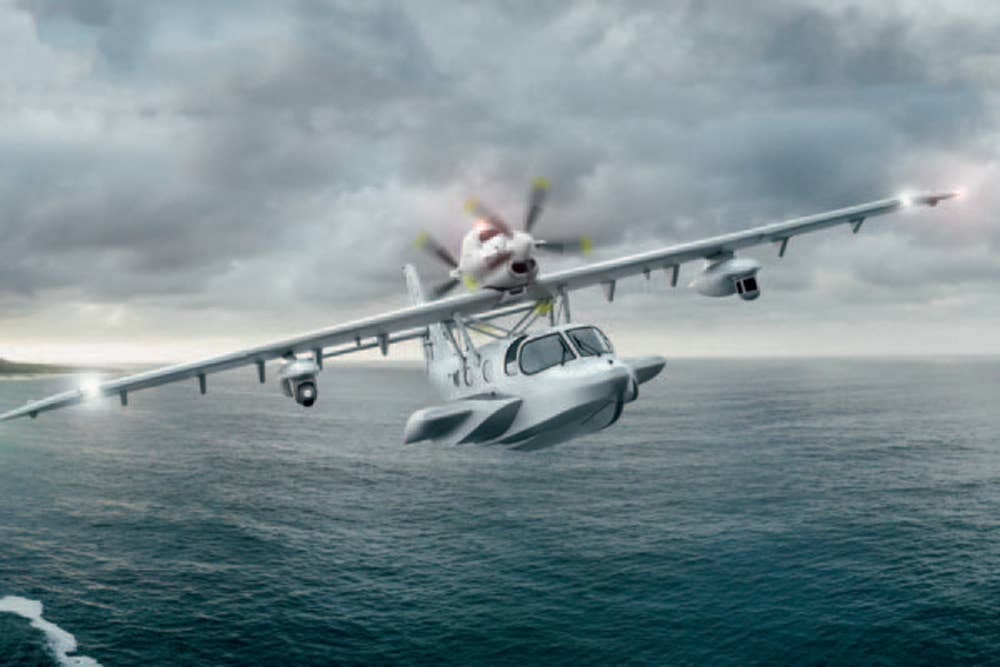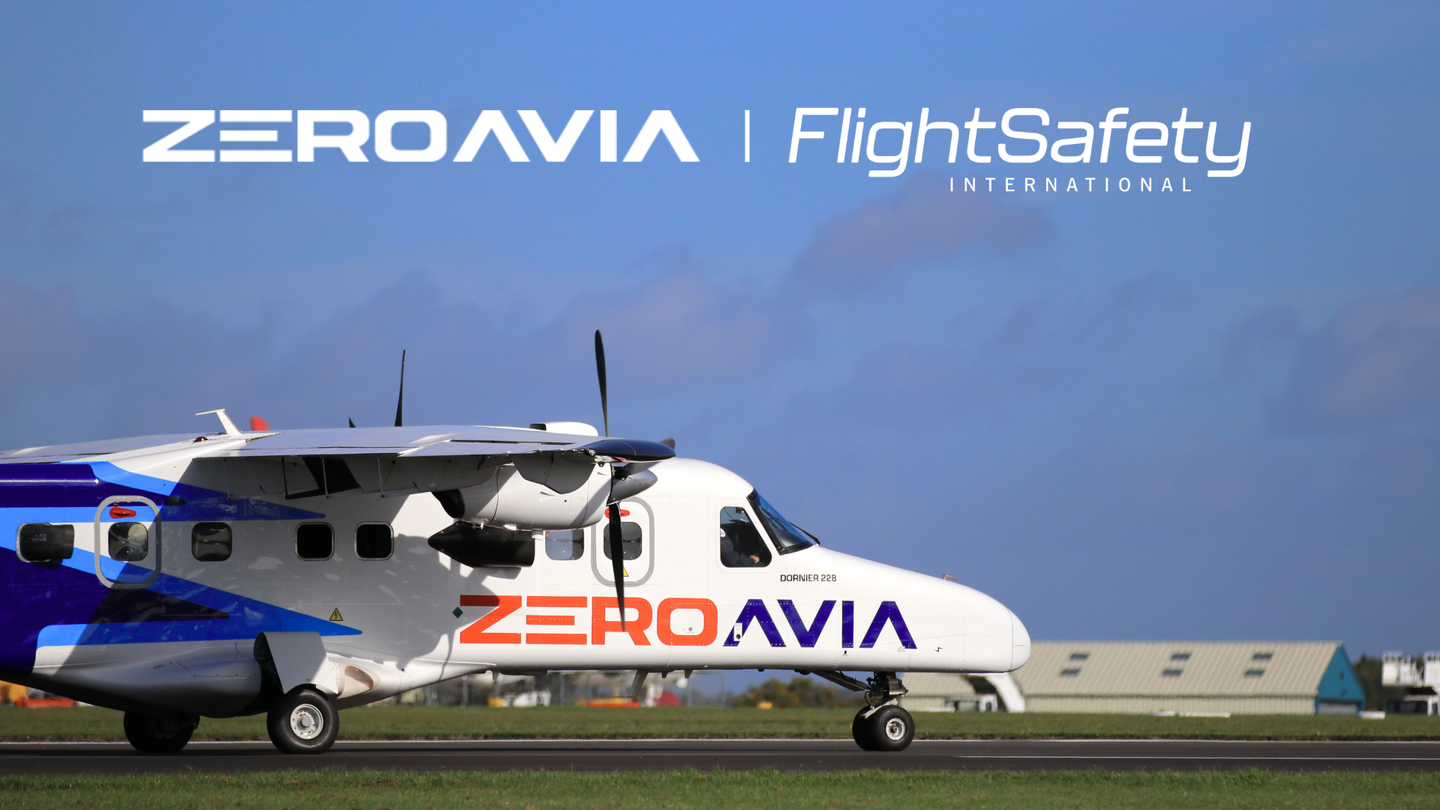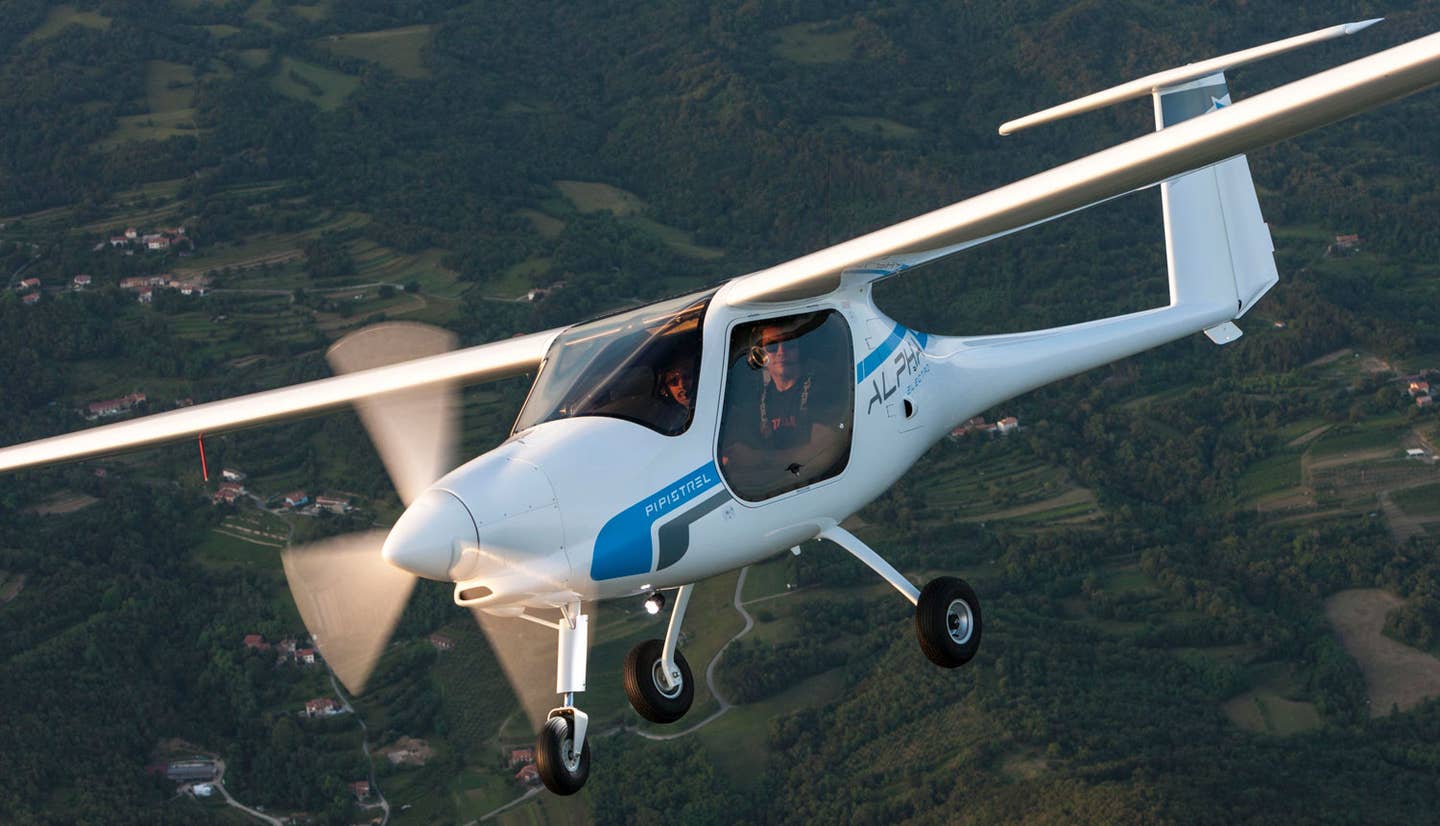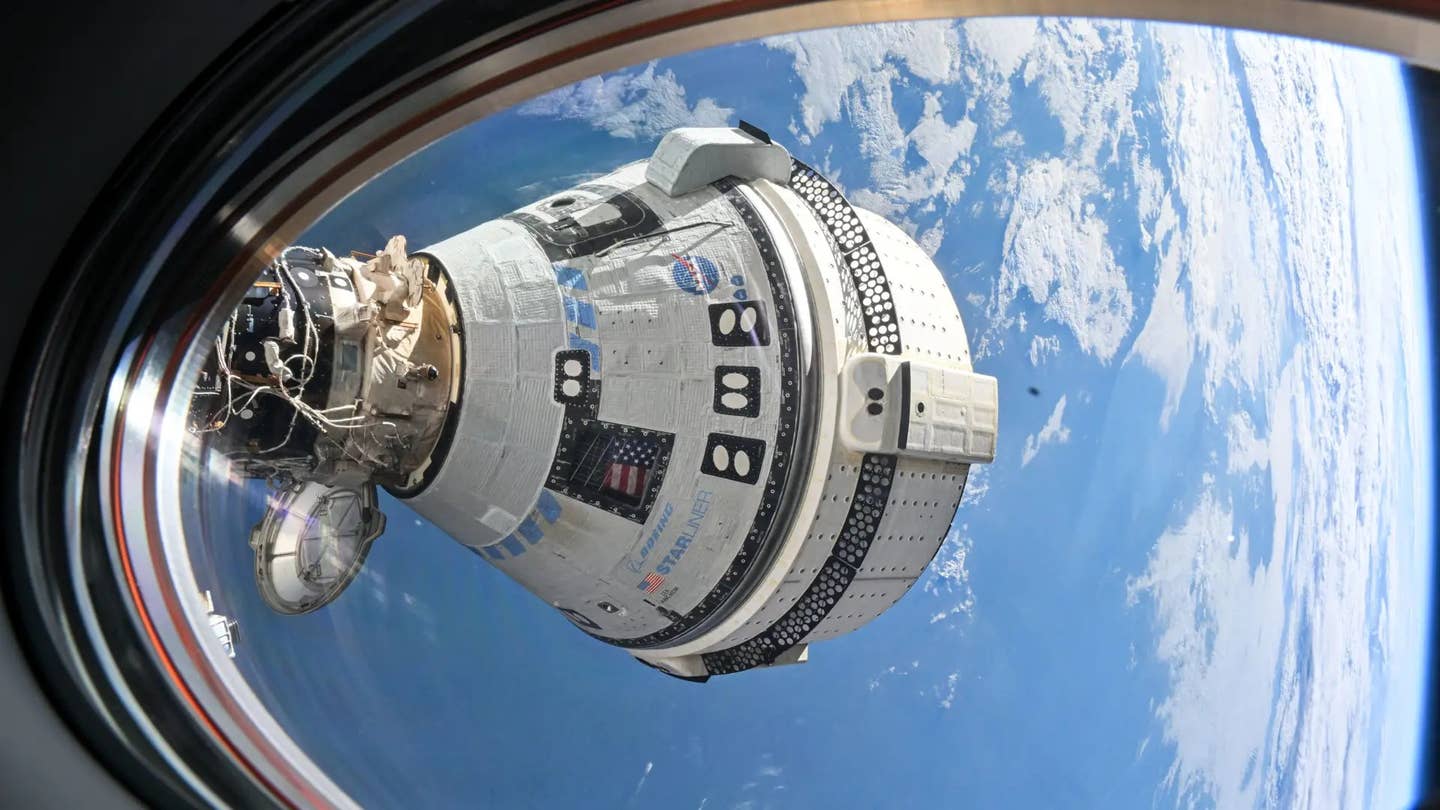
The Dornier Orca is due to enter service in 2022. Courtesy Dornier
Dornier Seawings is positioning its newly introduced Orca amphibian turboprop twin as a more economical alternative to helicopters. Based on the company's Seastar CD2 design, the Orca is intended for governmental missions and can be outfitted for security, search and rescue, and environmental monitoring roles. Features include an all-composite airframe and optional internal and external mission equipment stations.
Dornier says the Orca can be typically equipped with camera and radar systems for search and surveillance, stretchers for medical evacuation and self-protection items for defense purposes, and it can be highly customized for other missions.
Dornier Seawings says it is in negotiations with several governmental marine departments, which have expressed interest in using the Orca in place of rotor-wing aircraft.
The Orca, the company said, can also be useful for analyzing areas where plastic garbage is floating in the ocean, where typical seaborne assets can’t provide research on a daily basis. The in-water plastic analysis could become an important first step to successfully reducing plastic waste that ends up in the ocean by defining the waste origins and the right countermeasures.
It can handle rough sea conditions with its boat-shaped fuselage and water surface optimized design elements. Due to an efficient combination of 5-blade propellers and powerful turbine drive, the Orca is economical efficient and the fastest amphibious in its class.
It is expected that first Orcas will be ready to enter service in 2022.

Sign-up for newsletters & special offers!
Get the latest FLYING stories & special offers delivered directly to your inbox






